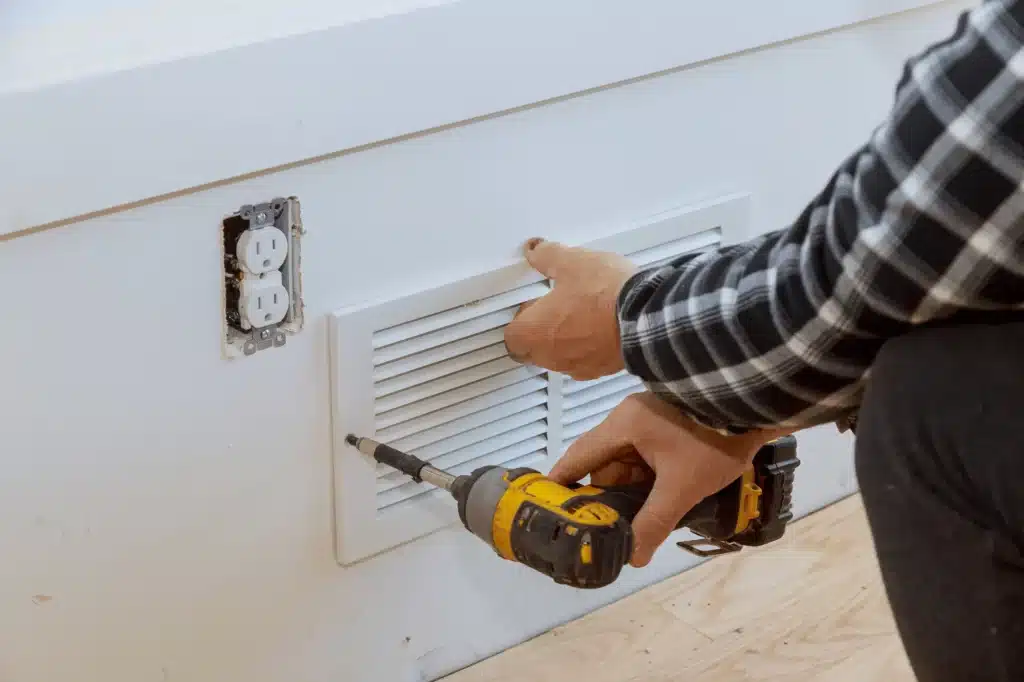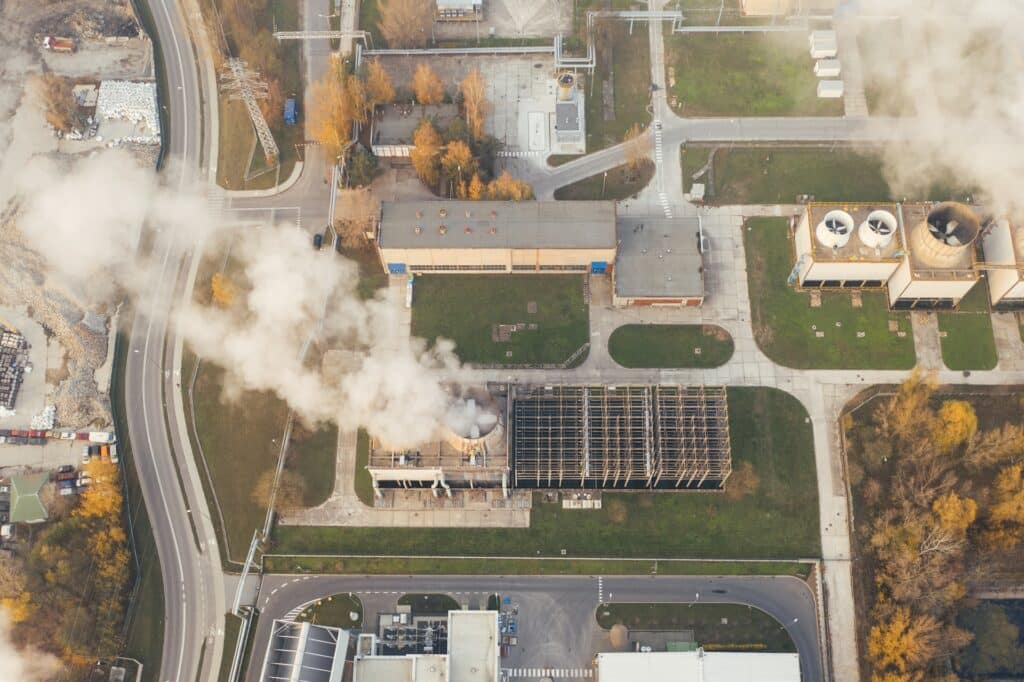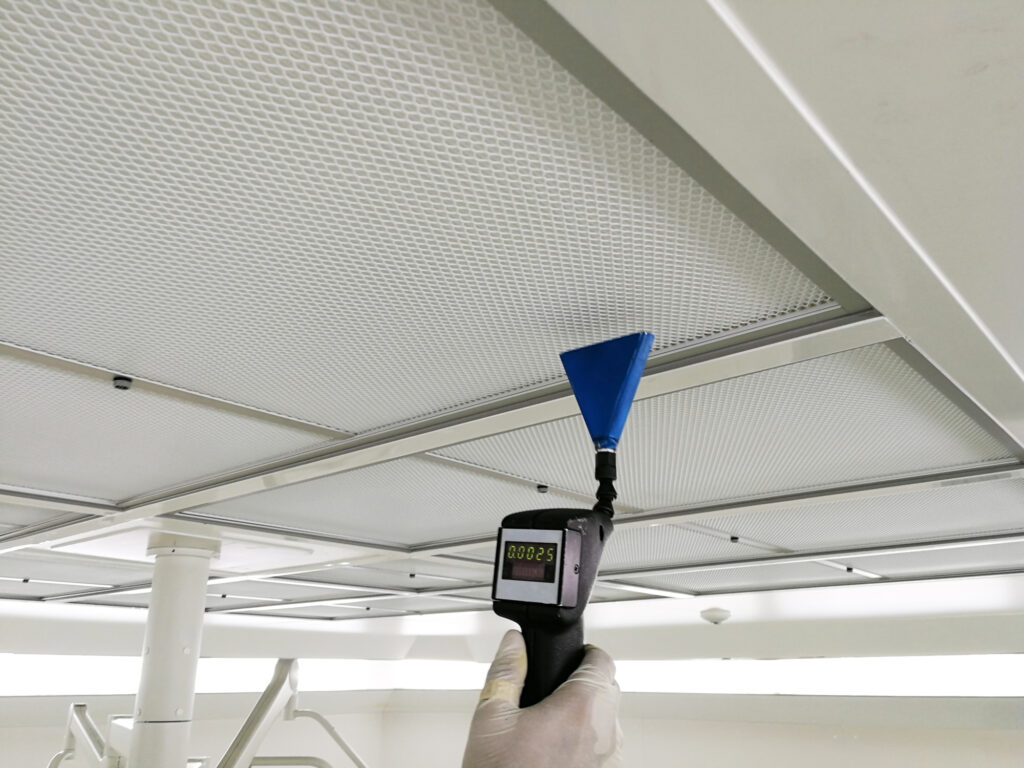
Barrages de glace moisissures et qualite de lair comprendre les liens et adopter des mesures preventives Benjel.ca
Ice dams, mould and air quality: understanding the links and taking preventative action
Winter brings its share of challenges to our homes, and ice dams on roofs are one potential problem. As well as the obvious risks of blocked gutters, these dams can affect indoor air quality and encourage the growth of mould.
In this article, we take a look at the often overlooked link between ice dams, mould growth and the impact on indoor air quality. We’ll also look at essential preventative measures to maintain a healthy indoor environment, even during the harshest of winters.
Ice dams: a common winter problem
ice dams generally form when snow melting on the roof refreezes on the guttering, creating a barrier that can cause structural problems. However, the consequences of these dams go beyond the appearance of the house.
Mould: An unwelcome companion of ice dams
What happens behind these dams can be just as problematic. Stagnant water creates an environment conducive to mould growth. Wet, dark surfaces become ideal breeding grounds for these fungal organisms.
Impact on indoor air quality
The presence of mould in the home is not just an aesthetic problem. Airborne mould spores can have a negative impact on indoor air quality, which can affect the respiratory health of occupants.
In the following sections, we will look in more detail at the links between ice dams, mould growth and the impact on air quality. We will also look at key preventative measures that can be taken to avoid these problems in the first place.
The complex links between ice dams and moulds
1. Hidden condensation
Ice dams can create areas of water retention on the roof that encourage condensation. This hidden moisture can then infiltrate the interior of the building, creating an environment conducive to mould growth.
2. The mould growth process
Mould feeds on organic materials in the home, such as wood or paper. When moisture penetrates, airborne mould spores can grow on these surfaces, forming colonies which then release particles into the air.
3. Respiratory health effects
Indoor air quality affected by mould spores can lead to a variety of respiratory problems, including allergies, asthma and other more serious respiratory problems. Understanding these relationships is essential to better protect the health of occupants.
Preventive Measures for a Healthy Environment
1. Regular Inspection and Maintenance
The first step in preventing ice-dam problems is to carry out regular inspections of the roof and gutters. Preventive measures, such as de-icing gutters, can help prevent ice dams from forming.
2. Improving ventilation
Adequate ventilation is crucial to preventing condensation inside the house. Installing effective ventilation systems in moisture-prone areas can significantly reduce the risk of mould formation.
3. Reinforced insulation
Proper insulation can help maintain an even temperature on the roof, reducing the risk of ice dams forming. It also helps to minimise temperature variations that encourage condensation.
4. Professional intervention
If ice dams persist or mould is already present, it is advisable to call in the professionals. These experts can put in place tailor-made solutions to resolve these problems and prevent their recurrence.
In short, managing ice dams during the winter is not just about the structural integrity of the house, but also about the health of the occupants. Understanding the links between ice dams, mould growth and indoor air quality is essential to adopting judicious preventive measures.
By investing in regular maintenance, improved ventilation, and targeted interventions when necessary, every homeowner can help maintain a healthy indoor environment, even during the harshest winters. Preserving air quality should be a top priority, even when nature imposes its winter challenges.







About The Author: Web
More posts by web